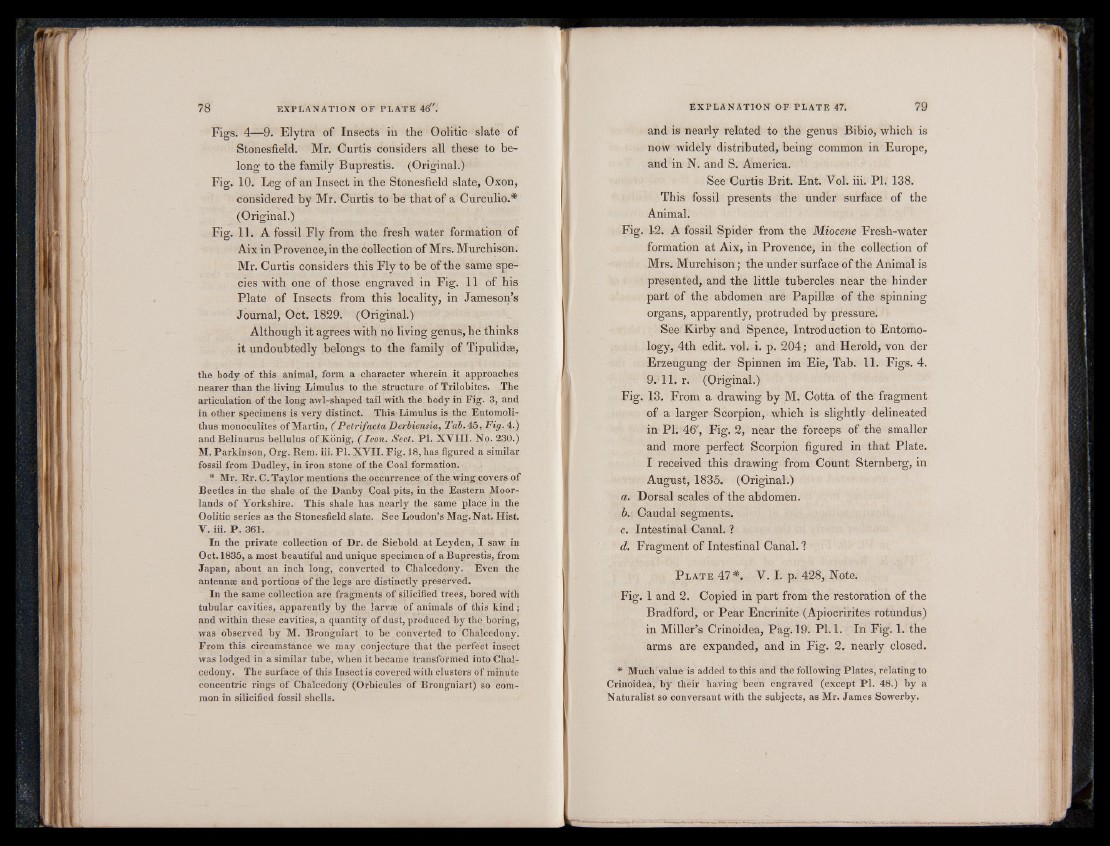
Figs. 4—9. Elytra of Insects in the Oolitic slate of
Stonesfield. Mr. Curtis considers all these to belong
to the family Buprestis. (Original.)
Fig. 10. Leg of an Insect in the Stonesfield slate, Oxon,
considered by Mr. Curtis to be that of a Curculio.*
(Original.)
Fig. 11. A fossil Fly from the fresh water formation of
Aix in Provence,in the collection of Mrs. Murchison.
Mr. Curtis considers this Fly to be of the same species
with one of those engraved in Fig. 11 of his
Plate of Insects from this locality, in Jameson’s
Journal, Oct. 1829, (Original.)
Although it agrees with no living genus, he thinks
it undoubtedly belongs to the family of Tipulidse,
the body of this animal, form a character wherein it approaches
nearer than the living Limulus to the structure of Trilobites. The
articulation of the long awl-shaped tail with the body in Fig. 3, and
in other specimens is very distinct. This Limulus is the Entomoli-
thus monoculites of Martin, ( Petr ifacta Derbiensia, l'ab.45, Fig. 4.)
andBelinurus bellulus of Konig, ( Icon. Sect. PI. XVIII. No. 230.)
M. Parkinson, Org. Rem. iii. PI. XVII. Fig. 18, has figured a similar
fossil from Dudley, in iron stone of the Coal formation.
* Mr. Rr. C. Taylor mentions the occurrence of the wing covers of
Beetles in the shale of the Danby Coal pits, in the Eastern Moorlands
of Yorkshire. This shale has nearly the same place in the
Oolitic series as the Stonesfield slate. See Loudon’s Mag. Nat. Hist.
V. iii. P. 361.
In the private collection of Dr. de Siehold at Leyden, I saw in
Oct. 1835, a most beautiful and unique specimen of a Buprestis, from
Japan, about an inch long, converted to Chalcedony. . Even the
antennae and portions of the legs are distinctly preserved.
In the same collection are fragments of silicified trees, bored with
tubular cavities, apparently by the larvae of animals of this k in d ;
and within these cavities, a quantity of dust, produced by the boring,
was observed by M. Brongniart to be converted to Chalcedony.
From this circumstance we may conjecture that the perfect insect
was lodged in a similar tube, when it became transformed into Chalcedony.
The surface of this Insect is covered with clusters of minute
concentric rings of Chalcedony (Orbicules of Brongniart) so common
in silicified fossil shells.
and is nearly related to the genus Bibio, which is
now widely distributed, being common in Europe,
and in N. and S. America.
See Curtis Brit. Ent. Vol. iii. PI. 138.
This fossil presents the under surface of the
Animal.
Fig. 1-2. A fossil Spider from the Miocene Fresh-water
formation at Aix, in Provence, in the collection of
Mrs. Murchison; the under surface of the Animal is
presented, and the little tubercles near the hinder
part of the abdomen are Papillae of the spinning
organs, apparently, protruded by pressure.
See Kirby and Spence, Introduction to Entomo-
logy, 4th edit. vol. i. p. 204; and Herold, von der
Erzeugung der Spinnen im Eie, Tab. 11. Figs. 4.
9.-11. r. (Original.)
Fig. 13. From a drawing by M. Cotta of the fragment
of a larger Scorpion, which is slightly delineated
in PI. 46', Fig. 2, near the forceps of the smaller
and more perfect Scorpion figured in that Plate.
I received this drawing from Count Sternberg, in
August, 1835. (Original.)
a. Dorsal scales of the abdomen.
b. Caudal segments.
c. Intestinal Canal. ?
d. Fragment of Intestinal Canal. 1
P late 47*. V. I. p. 428, Note.
Fig. 1 and 2. Copied in part from the restoration of the
Bradford, or Pear Encrinite (Apiocrirites rotundus)
in Miller’s Crinoidea, Pag. 19. PI. 1. In Fig. 1. the
arms are expanded, and in Fig. 2. nearly closed.
* Much value is added to this and the following Plates, relating to
Crinoidea, by their having been engraved (except PI. 48.) by a
Naturalist so conversant with the subjects, as Mr. James Sowerby,